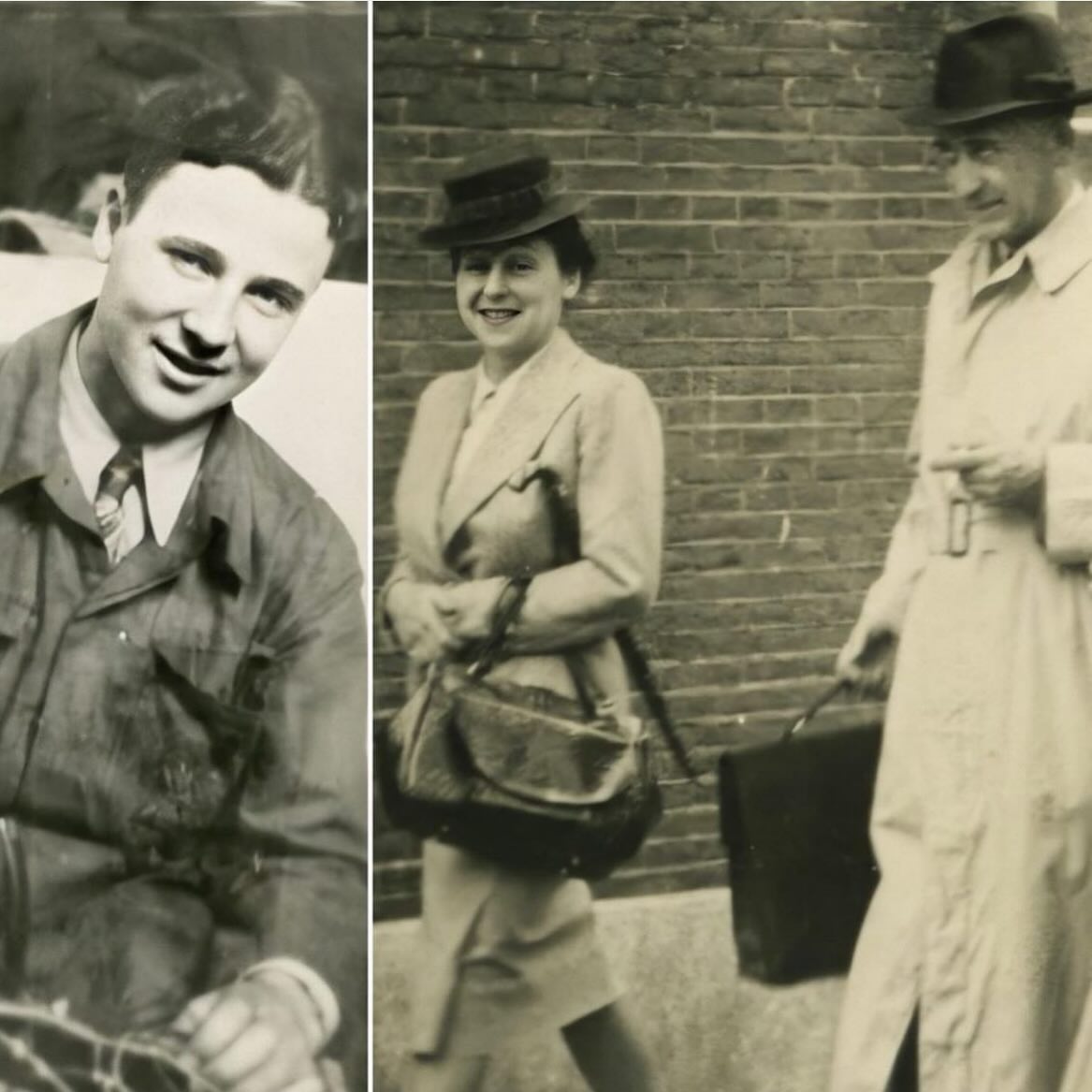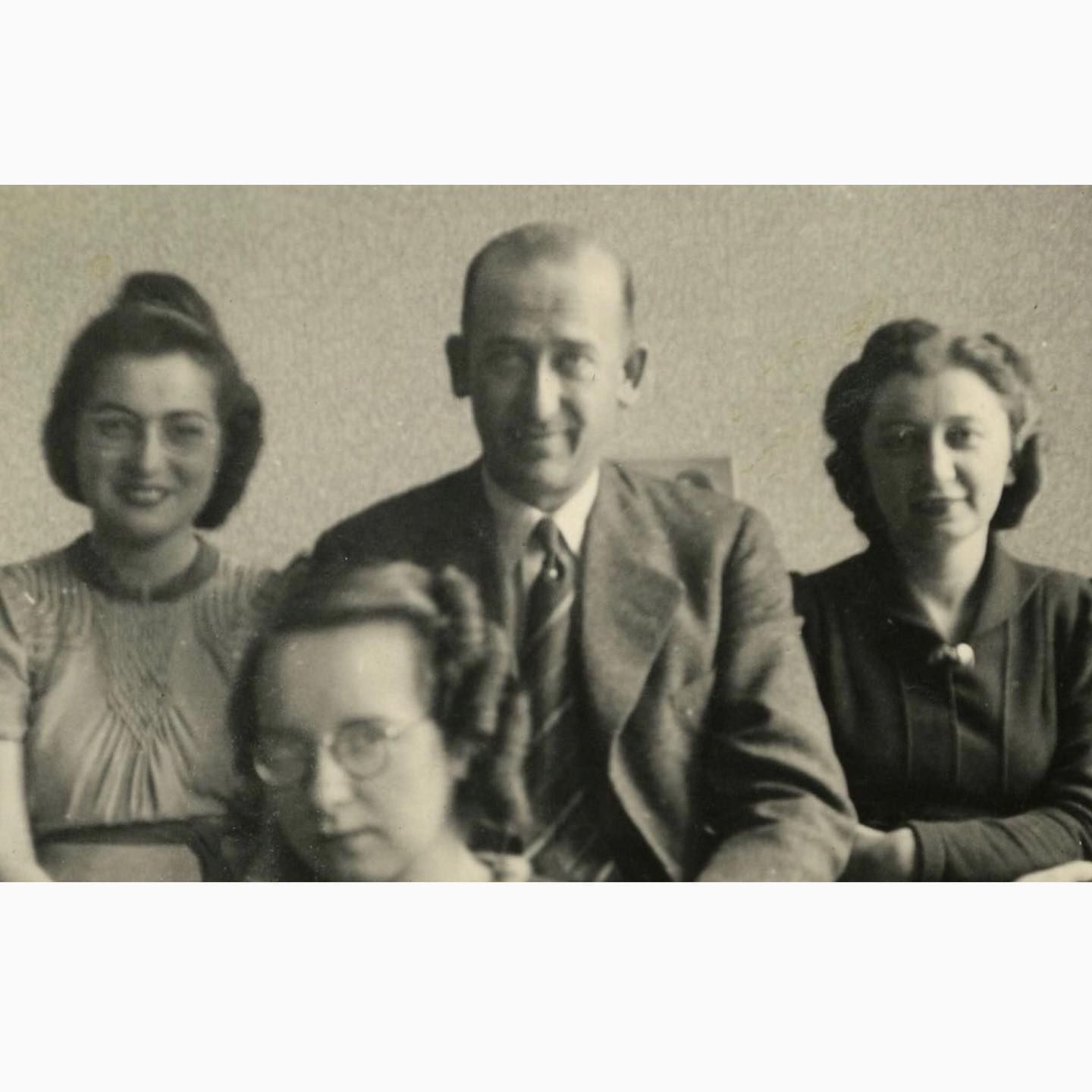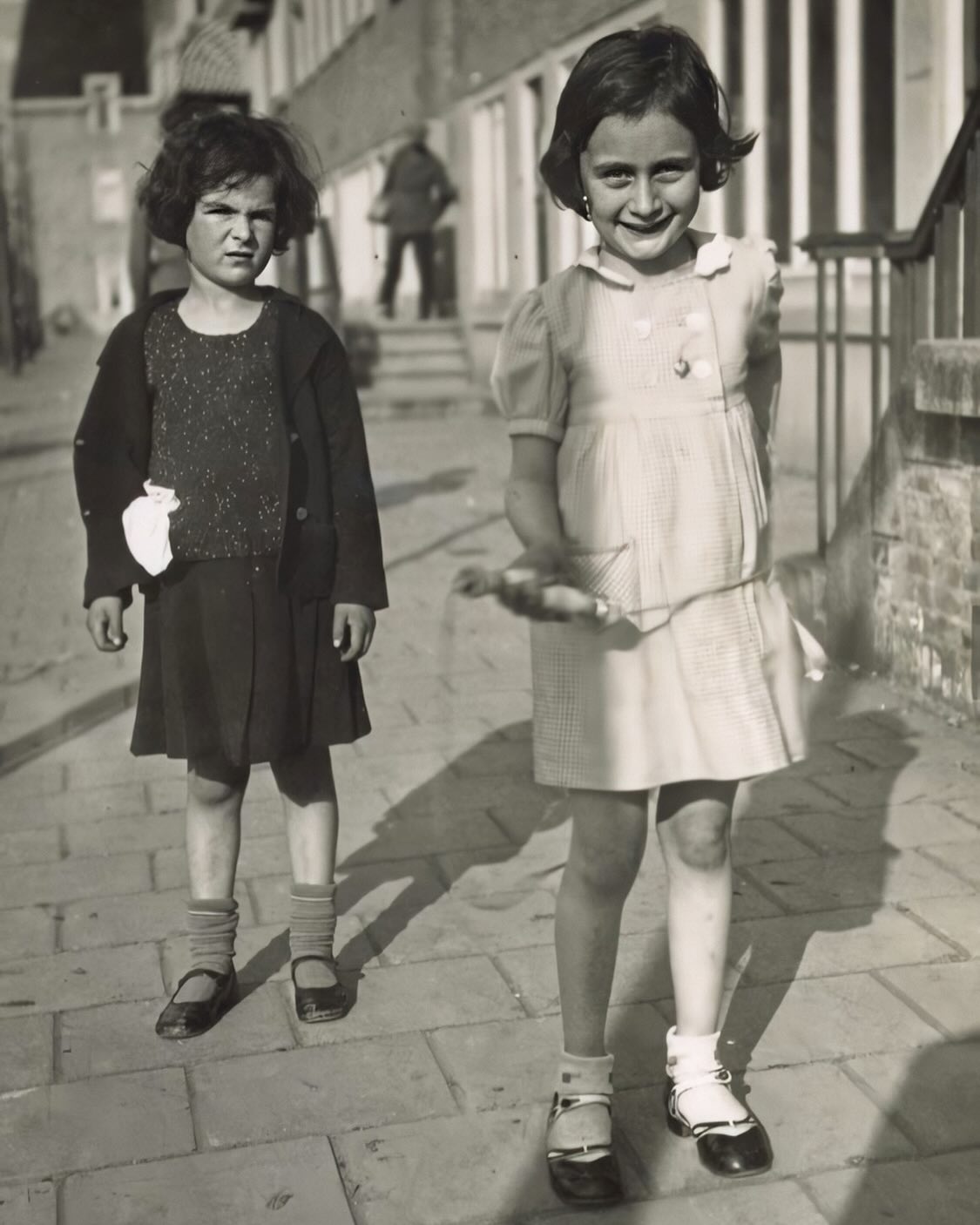The Teapot, the Pottie, and a Shy Teenager
Imagine packing your life into a single suitcase. What would you choose to bring? Hermann van Pels brought a folding tea table. His wife, Auguste, brought a pottie in a hatbox. And their son, Peter, brought his cat, Mouschi. On July 13, 1942, these seemingly ordinary objects—and the people who carried them—crossed the threshold of the Secret Annex, forever changing the world inside.

Anne Frank’s diary captured every detail of this new reality. Her first impression was candid, as always. She saw Peter as “rather soft, shy, gawky.” The adults, with their peculiar baggage—a pottie in a hatbox!—were a source of amusement. This wasn’t a reunion of friends; it was a meeting of strangers under the strangest of circumstances. In those first few days, every shared meal was a dance of awkward silence and polite conversation. Every glance was a judgment. The air must have been thick with the unspoken question: Will this work?
For a family of four who had meticulously built their hidden life, the arrival of three new people must have been both a comfort and an immense challenge. Space was scarce, privacy non-existent. Every cough, every creak of the floorboards, carried a risk. Yet, they had to make it work. They had to learn to live not just alongside each other, but with each other.

But just three days later, something changed. “It was just as if we 7 were one large family,” Anne wrote. The pottie and the tea table were no longer just objects; they were memories. The quiet boy was now a companion. This wasn’t a chosen family, but a family forged by the fires of persecution. It is a powerful reminder that even when the world feels broken, human connection can still find a way to bloom, transforming strangers into kin and confinement into a kind of home.
The story of the Secret Annex is often told in terms of fear and loss. But it is also a story of extraordinary resilience. It is a testament to the human spirit’s ability to find light in the darkest of places, to create love where there was none, and to turn a crowded, secret space into a sanctuary of shared life. In the end, what they had wasn’t just a place to hide, but a place to belong.
